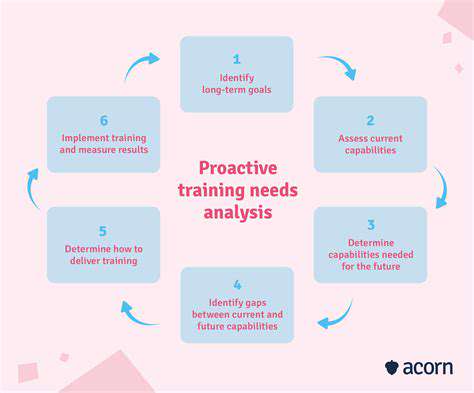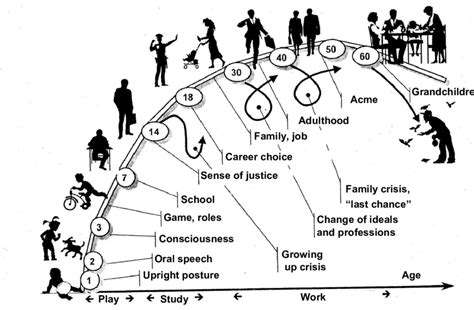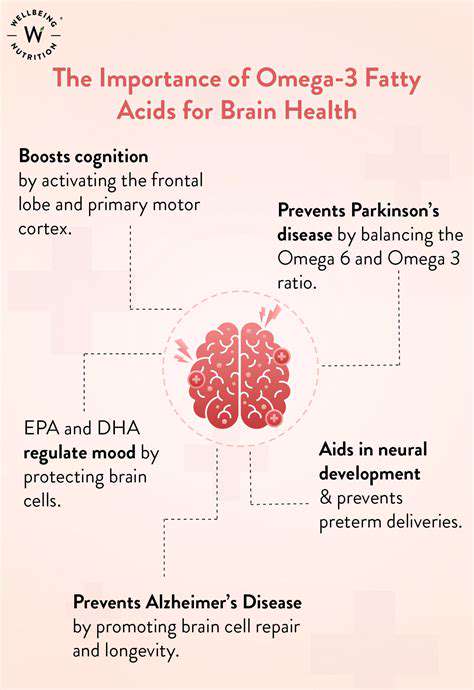Lost Pet Prevention: Proactive Steps
Choosing the Right Collar Material
When selecting a pet collar, durability and comfort should be top priorities. The ideal material depends on your pet's lifestyle and local climate. Nylon collars work well for everyday use in moderate weather, while waterproof options better suit aquatic adventures. Materials should resist tearing, repel dirt, and withstand frequent washing without losing integrity.
While fabric collars offer comfort, leather provides superior durability for active dogs. Keep in mind that leather requires more maintenance than synthetic materials. Consider your pet's size, activity level, and typical environment when making this important decision.
Selecting the Right Fit
Proper collar fit impacts both safety and comfort. A too-tight collar can cause breathing difficulties, while a loose one risks slipping off. The two-finger test remains the gold standard: you should comfortably fit two fingers between collar and neck. This ensures security without restricting movement or causing discomfort.
Regular sizing checks are crucial, especially for growing pets. Adjustable collars accommodate growth spurts while maintaining proper fit. Measure your pet's neck periodically and adjust accordingly to prevent escape attempts or discomfort.
The Importance of ID Tags
Identification tags serve as the first line of defense when pets go missing. Clear, current contact information dramatically improves reunion chances. Double-check all details before attaching tags to ensure accuracy in stressful situations.
Opt for weather-resistant materials that maintain legibility through rain, snow, or mud. Reflective surfaces enhance visibility at night, while durable engraving prevents information loss over time. These small investments can make all the difference in an emergency.
Microchipping: A Modern Approach to Lost Pet Prevention
Microchips provide permanent identification that complements traditional tags. The rice-sized implant contains a unique ID number readable by shelters and veterinarians worldwide. Unlike collars, microchips can't fall off or become illegible.
While not replacing tags, microchips offer reliable backup identification. Registration with current contact details ensures the system works effectively when needed most. This technology has reunited countless pets with their families after lengthy separations.
Beyond the Basics: Additional Safety Measures
GPS trackers offer real-time location monitoring for adventurous pets. These devices prove invaluable for pets prone to wandering or escape attempts. Familiarize yourself with local shelter procedures to streamline the reunion process if separation occurs.
Maintain organized pet records including vaccination history and medical needs. Prepared owners recover missing pets faster than those scrambling to assemble information during a crisis. Proactive planning pays dividends in emergency situations.
Training and Awareness: Preventing Accidental Separation
Reliable recall commands form the foundation of pet safety. Consistent training using positive reinforcement strengthens these life-saving skills. Practice in various environments to ensure responsiveness despite distractions.
Understand your pet's wandering triggers and tendencies. Anticipating potential escape scenarios allows for preventative measures before problems arise. Awareness of your pet's behavior patterns helps create effective safety strategies.
Regular Checks and Maintenance
Inspect collars and tags monthly for wear and legibility. Replace damaged components immediately to maintain continuous protection. This simple habit significantly improves long-term safety.
Establish a maintenance schedule as part of routine pet care. Consistent checks prevent unexpected failures when you can least afford them. Proactive care demonstrates responsible pet ownership and prioritizes your companion's wellbeing.

Personalized recommendations transform user experiences by creating meaningful connections between consumers and platforms. Tailored content based on individual preferences drives engagement and conversion rates higher than generic approaches. Understanding user behavior patterns allows for truly customized interactions that resonate on a personal level.
Fencing and Secure Outdoor Spaces: Creating a Safe Haven

Fencing Materials and Styles
Material selection impacts durability, maintenance, and security levels substantially. Wood offers classic charm but demands regular upkeep to prevent weathering. Vinyl provides low-maintenance contemporary aesthetics with excellent weather resistance. Metal options like wrought iron deliver maximum security with customizable designs, albeit at higher initial cost.
Fence style should complement your home's architecture and landscape design. Picket fences create welcoming boundaries, while solid privacy fencing secures property lines effectively. The right style enhances curb appeal while serving practical security needs.
Security Enhancements for Outdoor Spaces
Motion-activated lighting deters intruders while illuminating pathways for residents. Combined with surveillance cameras, these systems provide comprehensive property monitoring. Regular security patrols reinforce these electronic measures through physical presence.
Access control systems add another protective layer by restricting entry points. Smart technology integration allows remote monitoring and management of security features, offering convenience alongside protection.
Landscaping and Design Considerations
Strategic planting creates natural barriers that enhance security without sacrificing beauty. Dense shrubs along property lines reduce visibility while adding greenery. Consider growth patterns and maintenance needs when selecting security plants.
Well-designed pathways with proper lighting improve nighttime safety and navigation. Decorative elements like water features or flower beds blend security with aesthetic appeal, creating inviting yet protected outdoor spaces.
Awareness and Vigilance: Staying Alert in Public Areas

Understanding the Importance of Situational Awareness
Environmental awareness enables early threat detection and appropriate response planning. Recognizing unusual behavior patterns and environmental anomalies helps avoid dangerous situations. This skill develops through consistent practice and conscious observation of one's surroundings.
Contextual understanding enhances safety decisions by interpreting social cues and local norms. Trusting your instincts when situations feel off often prevents negative encounters before they escalate. Staying informed about area-specific risks improves preparedness and response effectiveness.
Strategies to Enhance Vigilance in Daily Life
Minimizing distractions like excessive phone use in unfamiliar areas significantly boosts awareness. Pre-planned routes and shared itineraries create safety networks for emergency situations. Mental alert systems for specific danger signs train the mind to recognize threats quickly.
Mindfulness practices improve focus without creating unnecessary anxiety. Balanced vigilance combines awareness with confidence, ensuring preparedness without constant worry. This approach maintains safety while preserving quality of life.
Recognizing and Responding to Potential Threats
Identifying threat indicators like aggressive posturing or unusual timing enables proactive responses. Prepared action plans for various scenarios ensure quick, confident reactions during emergencies. Practice scenarios build muscle memory for critical situations.
Intuition often detects subtle danger signals before conscious recognition occurs. Analyzing past incidents strengthens future response capabilities and threat assessment skills. Effective responses protect individuals while discouraging repeat offenses by potential aggressors.
Read more about Lost Pet Prevention: Proactive Steps
Hot Recommendations
- Holistic Pet Health: Integrating Approaches
- The Future of Pet Identification: Biometric Scanners
- Service Dogs for PTSD: A Guide to Support
- The Benefits of Non Anesthetic Professional Teeth Cleaning
- Herbal Supplements for Pet Joint Health
- The Intersection of IoT and Pet Wellness
- Healthy Weight Management for Senior Pets
- The Best Pet Beds for Orthopedic Support and Comfort
- Competitive Dog Sports: Agility, Flyball, Dock Diving
- Luxury Pet Hotels: Pampering Your Beloved Pet











